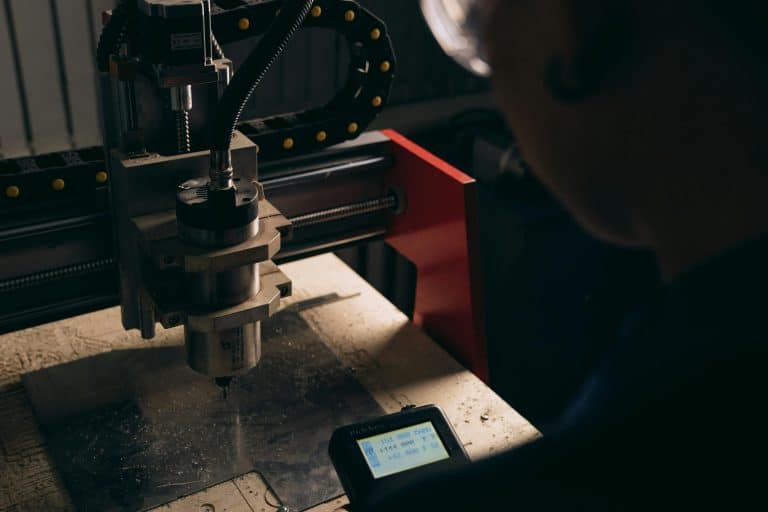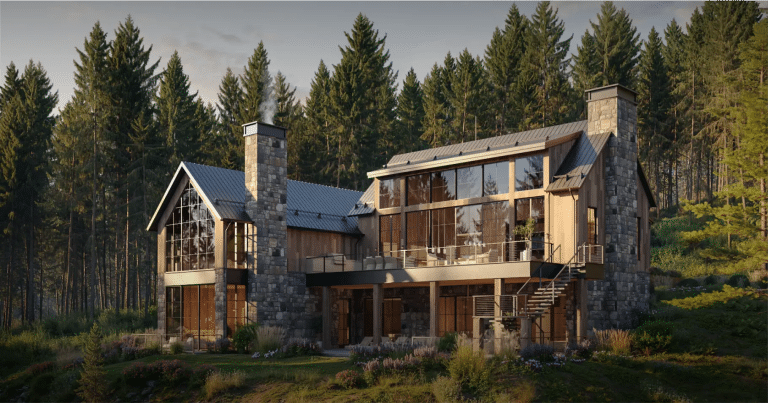Top 7 Considerations When Building a Smart Home
Smart homes have moved beyond being a futuristic concept and have become a mainstream reality. From lights that switch on automatically to voice-activated appliances and intelligent security systems, the technology is becoming increasingly affordable even as it advances. Many homeowners are now finding that the option of connecting everyday household functions to a central system is no longer a luxury but an attractive option for convenience and efficiency.
Yet rushing into a smart home setup without a plan can lead to headaches. Disconnected devices, wasted money, and ongoing frustration are common pitfalls for those who treat the upgrading process as a shopping spree rather than a thoughtful investment.
Don’t underestimate the value of a strategic, well-informed approach here. In many cases, advice from capable Mosgiel builders or professionals can help ensure that the technology is integrated smoothly into the fabric of your home. Let’s look at some of the other key considerations that can help you avoid costly missteps in your journey to a smarter home.
Define Your Goals
Imagine walking into your home after a long day and having the lights, climate, and even your favourite playlist set exactly how you like it. That vision may sound appealing, but the reason behind wanting a smart home will differ from person to person. Some focus on enhancing security, others want to save on energy bills, and many simply enjoy the convenience of automation.
Clarifying your priorities at the outset ensures your choices are guided by what will genuinely add value to your lifestyle. Without that clarity, it is easy to be swayed by flashy gadgets that do little to improve your daily routine.
Budget Realistically with Future Growth in Mind
It’s easy to overspend when every device seems to promise the ultimate in comfort or efficiency. A set budget makes it easier to separate essentials from luxuries and keeps your project practical rather than overwhelming. It’s also easier to start small and build gradually instead of trying to outfit your entire home at once.
Future scalability matters just as much in your initial plans. Choose systems that allow you to add new devices later, as this will keep you from having to buy costly replacements down the line. With a thoughtful budget and phased approach, you can enjoy the benefits now while keeping the door open for future upgrades.
Choose the Right Ecosystem and Compatible Devices
Few things sour the smart home experience faster than devices that refuse to work together. Voice assistants, smart plugs, lighting systems, and appliances often rely on specific platforms, and compatibility issues can create a fragmented setup that undermines convenience.
The best way to avoid this is to look into the main ecosystems (e.g., Google Home, Amazon Alexa, Apple HomeKit, Samsung SmartThings)and consider which aligns best with your household. Devices that support emerging standards such as Matter are also more likely to remain compatible across brands. If you commit early to a cohesive system, you set yourself up for smoother operation and less frustration in the long run.
Strengthen Your Network
A smart home is only as strong as the connection that ties it all together. Weak Wi-Fi or patchy coverage can turn a sophisticated system into a source of daily irritation, where your devices lag or disconnect at inopportune moments.
Upgrading your router, investing in a mesh Wi-Fi system, or strategically placing extenders can eliminate dead zones and keep your network reliable. It’s also worth considering how many devices you plan to connect now and in the future, as each one adds to the demand on your bandwidth.
Stay Secure in a Connected Home
Every device you connect to the internet becomes another potential entry point for hackers. Security cameras, smart locks, and even connected light bulbs can be exploited if not properly safeguarded.
Avoid these risks and take a proactive approach to cybersecurity and protecting your home. This starts with choosing reputable brands known for strong security features, keeping firmware up to date, and setting complex passwords. It’s also wise to review privacy policies, since some companies collect more personal data than you may be comfortable sharing.
Pick Tech That’s Easy for Your Household to Use
The last thing you want from smart technology is a more complicated daily routine. If household members find the apps confusing or the controls unintuitive, the system will quickly fall out of favour.
Avoid that by prioritising devices and platforms designed with user experience in mind. Consider voice control, customisable routines, and clear mobile interfaces, as these can make automation more natural and less of a chore. A system that harmonises well with your household’s daily habits is far more likely to deliver lasting value than one that you’ll need to poke at frequently.
Think About Future-Proofing and Support
Technology evolves quickly, and what feels cutting-edge today may be outdated tomorrow. If you must choose between similar solutions, you should invest in brands that offer regular software updates and support emerging standards. This way, you come out with a system that can easily keep pace.
Don’t skip out on looking into customer service and warranty options, either. A company with reliable after-sales support will do wonders for your peace of mind if problems arise.
Make Intelligence Part of Your Home’s Foundation
A well-designed smart home is built on planning, not impulse purchases. Every informed choice you make helps you create a system that enhances comfort, security, and efficiency without unnecessary complications. Think of it as a project that evolves alongside your needs—one where careful decisions early on set the stage for a home that remains truly intelligent well into the future.








